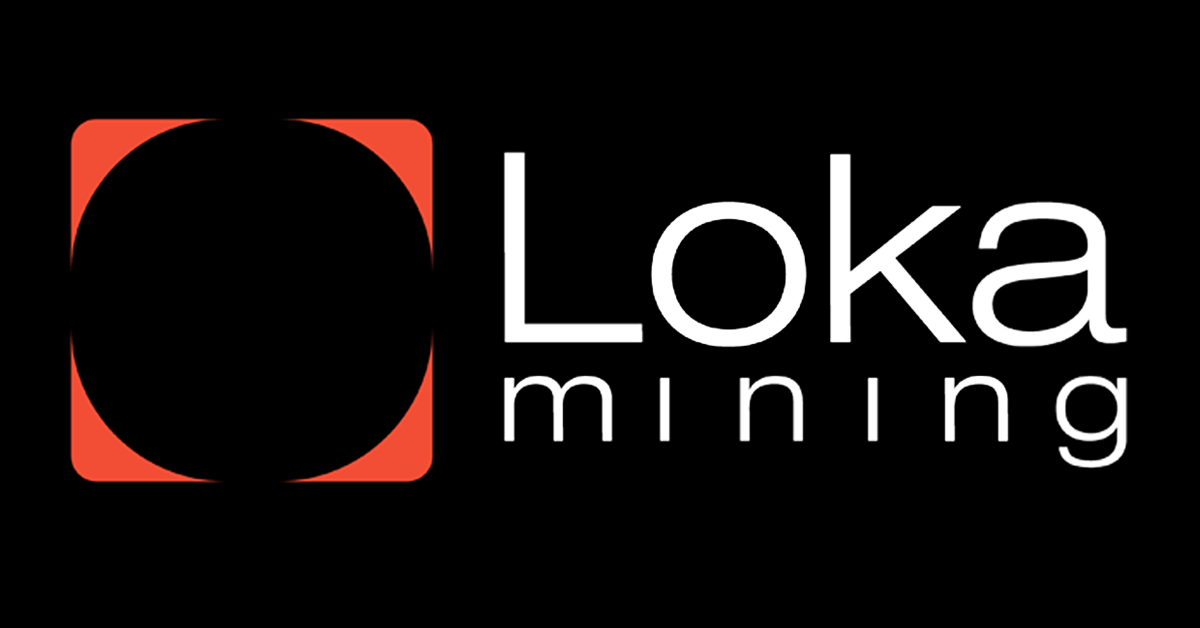Runes in the Bitcoin Ecosystem: A New Revenue Engine for Miners

The launch of Runes on April 20, 2024, coinciding with Bitcoin’s fourth halving, has transformed the landscape of the Bitcoin ecosystem. This protocol, created by Casey Rodarmor, enables the creation of fungible tokens directly on the Bitcoin blockchain using the UTXO model and OP_RETURN. For miners, who faced a block subsidy reduction from 6.25 BTC to 3.125 BTC per block, Runes offer a golden opportunity to boost income through surging transaction fees. This article highlights the main advantages of Runes for miners, supported by specific data, and explains why this protocol has become a "revenue engine" on the Bitcoin network.
Advantages of Runes for Miners
1. Significant Spike in Transaction Fees
Runes triggered intense activity on the Bitcoin network, particularly through etching (creating new Runes), minting (token generation), and transfers. Data from Dune Analytics shows that as of April 23, 2024—three days after launch—Runes accounted for 68% of all Bitcoin transactions, generating daily transaction fees of 1,245 BTC (around $82 million at $66,000 per BTC). The peak occurred on May 8, 2024, when transaction fees reached 1,627 BTC in a single day, according to Glassnode.
For miners, this was a windfall. For example, in May 2024, AntPool—one of the largest mining pools—reported a 40% increase in daily transaction fee revenue compared to the previous month, largely driven by Runes transactions such as DOG•GO•TO•THE•MOON, which reached a market cap close to $1 billion. This surge helped offset the block subsidy reduction after the halving, allowing miners to maintain profitability.
2. Long-Term Revenue Potential
Runes are designed for efficiency, producing fewer "junk UTXOs" compared to protocols like BRC-20. According to a BitMEX Research report, Runes generate 30% fewer UTXOs per transaction than BRC-20, reducing network load and encouraging sustainable adoption. The protocol is also compatible with the Lightning Network, which could further increase transaction volume in the future.
Data from Mempool.space shows that in Q1 2025, Runes still accounted for 15–20% of total Bitcoin transaction fees, despite a decline from their peak. This stability provides miners with a more consistent revenue stream. For example, tokens like UNCOMMON•GOODS and RSIC•GENESIS•RUNE continued to attract attention, averaging 12,000 daily transactions in March 2025 and generating around 50 BTC per day in fees for miners.
3. Ecosystem Diversification and User Growth
Runes expand Bitcoin’s function from a store of value into a platform for tokenization, including meme coins, loyalty points, and digital assets. The popularity of tokens like PUPS•WORLD•PEACE (with 1.2 million transactions in April 2024) brought new users to the Bitcoin network. According to CoinGecko, active Bitcoin addresses increased by 12% in Q2 2024, partly driven by Runes activity.
This increased activity directly benefits miners. At its peak, Runes transactions generated an average fee of $45 per transaction—significantly higher than standard payments ($5–10). Miners can prioritize these transactions to maximize earnings, as seen with F2Pool, which reported a 35% increase in monthly revenue in May 2024 due to Runes.
4. Support for Mining Infrastructure
Runes not only boost transaction fees, but also encourage investment in mining infrastructure. The revenue surge allowed large miners like Marathon Digital and Riot Platforms to increase their hashrate capacity by 15% and 10% respectively in Q3 2024, according to their financial reports. The additional income from Runes also helped smaller miners cover operational costs, such as electricity, which averages $0.06–$0.08 per kWh in regions like Texas or Kazakhstan.
5. Opportunities from Market Trends
Runes have created a new market for fungible tokens, with some projects achieving great success. For example, DOG•GO•TO•THE•MOON recorded 2.5 million transactions in May 2024, generating 200 BTC in transaction fees for miners, according to Blockchain.com. This trend has pushed miners to monitor new Rune launches through platforms like Magic Eden, which listed over 500 new Runes in Q1 2025. Each launch typically triggers a spike in transactions, giving miners a chance to earn high fees.
Strategies to Maximize Runes Profits
To leverage Runes’ potential, miners can adopt the following strategies:
- Prioritize Runes Transactions: Use mining software to select high-fee transactions, especially during new token launches.
- Monitor the Market: Follow trends on platforms like CoinMarketCap or X (formerly Twitter) to anticipate activity spikes from popular tokens.
- Boost Efficiency: Invest additional revenue from Runes into hardware upgrades, such as the latest ASICs, to lower cost per TH/s.
- Join Large Pools: Small miners can join pools like AntPool or F2Pool to ensure stable income from Runes transactions.
Conclusion
Runes have become a crucial catalyst for Bitcoin miners in the post-halving era. With transaction fees reaching as high as 1,627 BTC per day at their peak and contributing 15–20% of total fees in Q1 2025, Runes offer a significant source of income. Their efficiency, compatibility with Bitcoin infrastructure, and appeal to new users ensure that this protocol is not just a temporary trend, but a new foundation for the Bitcoin ecosystem.
For miners, Runes are an opportunity not just to survive, but to thrive in an increasingly competitive landscape. With the right strategies, miners can turn Runes into a reliable revenue engine, solidifying their role as the backbone of the Bitcoin network. The future of mining may be full of challenges—but with Runes, the outlook is brighter than ever.
Note: Data in this article is sourced from Dune Analytics, Glassnode, Mempool.space, CoinGecko, and Blockchain.com as of April 24, 2025. Miners are encouraged to verify the latest information from trusted sources and stay alert to upcoming Rune launches.
This article presented by Loka Mining.
Loka is revolutionizing the Bitcoin mining ecosystem by directly connecting investors with Bitcoin miners through a decentralized mining pool and an upcoming permissionless forward hashrate marketplace protocol.
Loka enables investors to get Bitcoin at lower than market price without centralized & counter-party risks, and Bitcoin miners to access capital efficient financing and hedge their risk exposure by selling their future mining rewards.
Find out more about loka in https://lokamining.com — or access our mining pool aggregator on https://pool.lokamining.com





